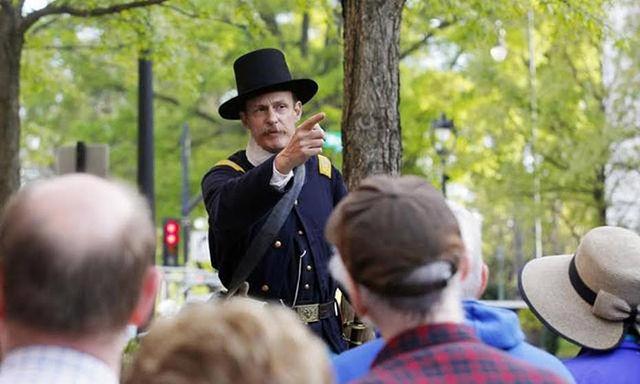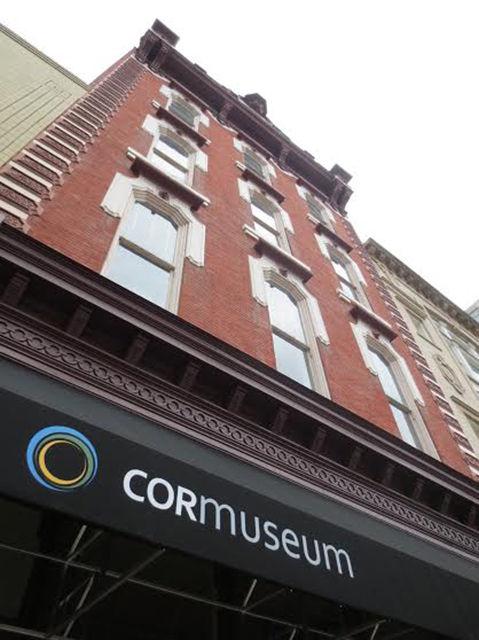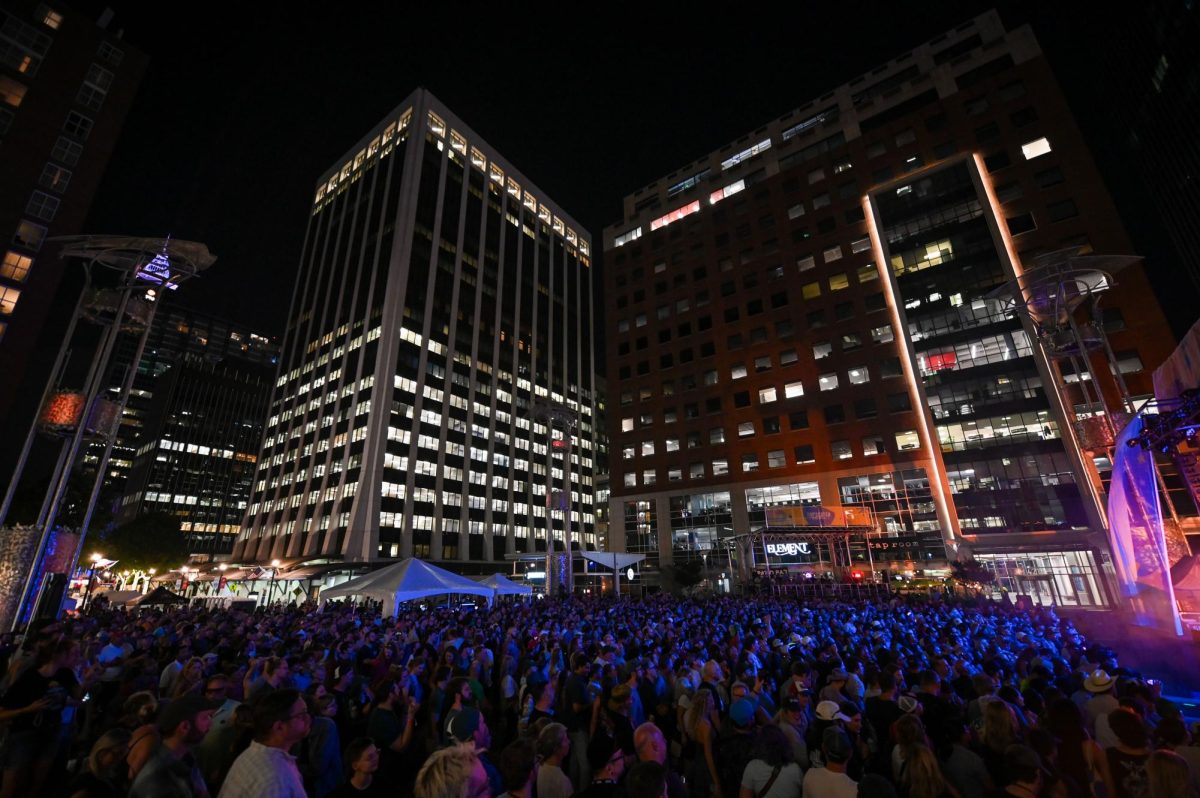Typically when people come to visit Raleigh, they see the big buildings and the beautiful shops, along with great food, but its history doesn’t seem to come to mind. Right on Fayetteville Street among the trendy bars and restaurants, lies the City of Raleigh Museum.
The City of Raleigh Museum, also known as the COR Museum, is located in Downtown Raleigh in the old Briggs Hardware building. The museum’s purpose is to preserve the history of North Carolina’s capital, along with understanding the past, present and future of Raleigh. The museum sets up displays for the public and also take special care of the artifacts either found or given to them, along with providing educational programming through field trips of any grade.
In June of 1993, the Raleigh City Museum displayed its first exhibit, which was located in the Borden Building in Fred Fletcher Park. In 1998, the museum decided to move to the Briggs Hardware Building, which was the same time that the name was changed to “COR Museum.” It operated as a private nonprofit until July of 2012, when the city gained management of the museum.
The museum is free of charge, and is open Tuesday through Saturday, 9 a.m. to 4 p.m., and Sundays from 1–4 p.m. The museum is closed on Mondays.
The first room is filled with artifacts and is known as “the living room.”
“The living room changes continuously depending on what is going on locally around the city, or what is interesting,” said Ernest Dollar, director of the COR Museum. “No one likes to go to a museum a second time and think, ‘Yes, I’ve seen all of this before.’”
Right now, they are featuring Meredith College’s 125th anniversary. Other exhibits planned for the future include Beyond Bollywood, a display on Indian Americans, and possibly showcasing portions of the old Cameron Village underground music venue.
“The Women’s Club, Junior League and many more groups get a chance to come in, and exhibits on those organizations have been held in the living room, which gives them a great platform for who they are,” Dollar said.
Once you walk through the living room, you will reach the gift shop, which sells all things Raleigh, whether it is made in Raleigh or based on the city itself. The museum mascot is Sir Sammy the Squirrel, so the gift shop actually sells squirrel poop and squirrel ear-buds, which is great for kids.
When students come on field trips to take a tour, COR staff members teach the children about what Raleigh used to be like, and how they can contribute to make it even greater in the future.
“Raleigh then, Raleigh now, Raleigh next is sort-of like our motto, because we are always trying to teach about how our past can shape the future,” Dollar said.
The museum holds a City of Raleigh flag from the 1700s, which is framed, and also holds a new, revised one, which has been a topic of controversy lately.
“One of the programs we are getting ready to do is a flag day, to talk about the history of the flag, because the city commissioner is talking about changing it,” Dollar said.
When visiting the COR Museum, paying close attention to detail will pay off. For instance, there is a map displayed in one of the back rooms that shows where the majority of junior-high students resided, which looked like mostly in the southeastern part of Raleigh. Upon further examination, visitors can see the map dates back to 1954, when the city still remained segregated.
Many of the museum’s artifacts are not on display.
“Museums only put out about 5 percent of their collections,” Dollar said.
As Dollar was going through some World War l collectibles, he found a dog tag from Raleigh that belonged to William D. Martin. Along with the dog tag was a hymnal and a piece of raggedy cloth.
“I had seen this ugly thing laying around, but I finally took a moment to read what the back says: ‘picked up at Haudiomont when Oliver was captured’ and thought to myself ‘what on earth?’” Dollar said. “I started researching it, and we did a short documentary on this piece. I had to find out who Oliver was, where Haudiomont is, and what all these symbols mean.”
Upon further research, Dollar found his family still living in Raleigh, and they provided photos for display on the soldier. Dollar said it has become his favorite new object. Finding out all the research and detective work Dollar has to do to justify each artifact in the museum gives everything an interesting story to tell.
The museum is in the historic Briggs Hardware Building on Fayetteville Street. The museum displayed the first exhibit in 1993 and moved to its current location in 1998






